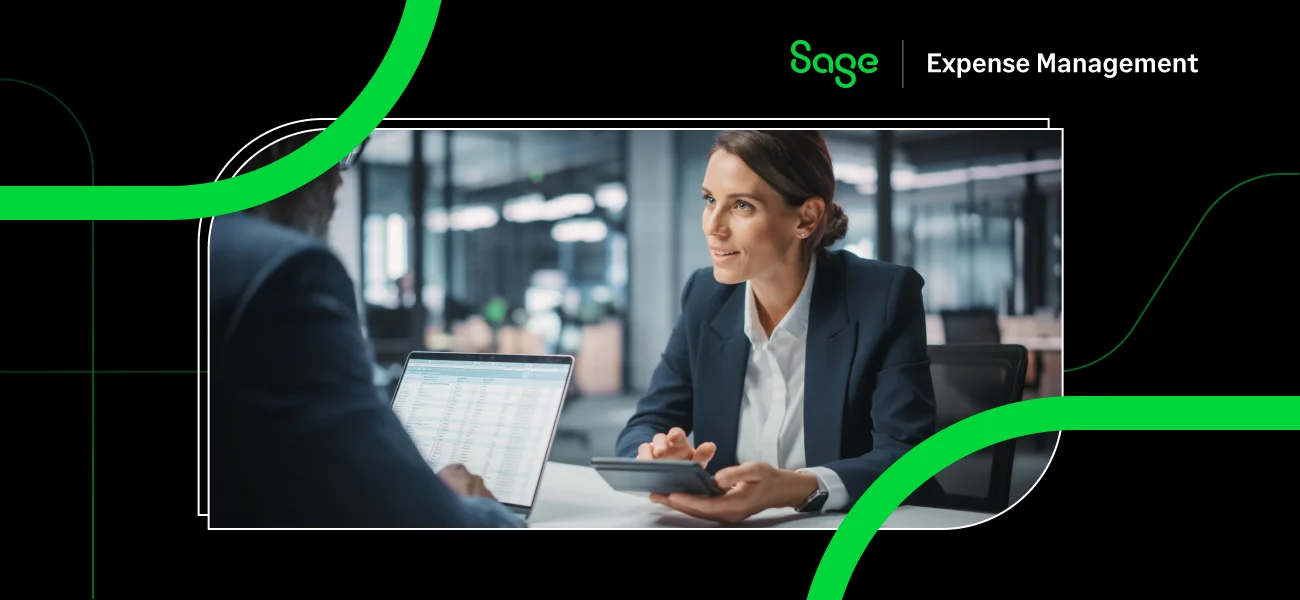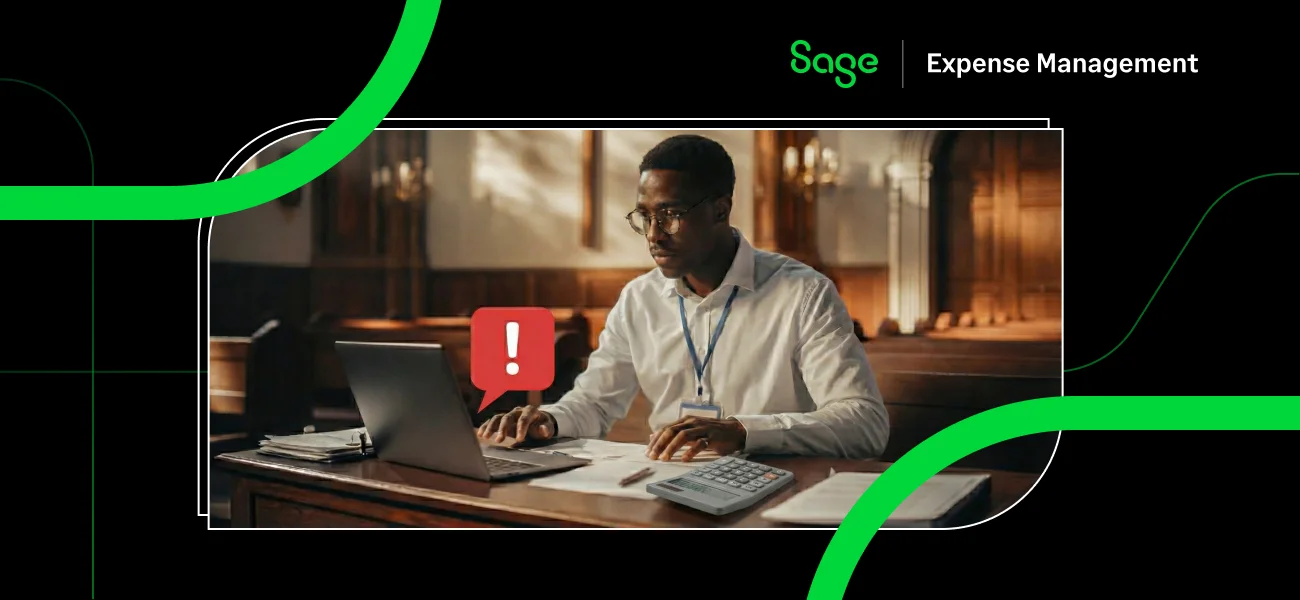Spend management is a top priority for businesses, especially when it comes to project management. Often managers expect their rough budget estimates to hold till the end of the project. However, seasoned project managers know this rarely happens.
Should businesses even consider adopting resource planning? How would it benefit them? What are the things key stakeholders need to keep in mind to ensure they get it right?
To answer these questions and more, we've created this quick guide that focuses on the top tips and tricks to ensure you control business spend in 2022. Let's dive in!
What is resource planning, and why is it important?
Resource planning is how you decide what resources/assets are allocated to a specific project and duration. When you're managing a project, you have to use the resources at hand sustainably and economically when necessary.
Resource planning determines the quality of the end product. Be it building a new website, taking care of customer tickets, launching a new feature, or any project you can imagine.
Resource planning also is one of the most crucial stages of a project and makes sure you have spending under control. Without a proper plan, your project costs might increase exponentially; you might miss deadlines and eventually bleed money. It's important to carefully allocate resources upfront using the right product management tools.
For instance, you could choose a cost effective website builder, improve the user-friendliness of your business, implement better cost management practices, and most importantly observe your competitor's strategies.
With a strong resource planning process in place, however, the chances that you will complete projects within the estimated time, budget, and resources are much higher!
How to start resource planning for your business in 2022?
1. Understand project requirements and planning
The first step in keeping project costs in control is understanding the project thoroughly.
- What is the estimated duration of the project?
- What are the expected outputs of the project?
- What are the estimated timelines to get tasks and subtasks done?
- What are the critical milestones you need to measure and achieve?
- What is the estimated budget for the project, and how must it be allocated?
- Who are the stakeholders in the project, and how do you measure their contributions to the project?
Asking these questions and more, depending on the nature of your project, is the first essential step to efficient resource planning.
Here's a detailed infographic about why project planning is so important -

Some projects could involve third parties such as business partners, investors, public institutions, etc., who might want to have a say in how the project is run. When collaborating with others who have a stake in the project, you must also be responsive to their interests and needs.
It is always better to communicate details thoroughly from early on, rather than coming together in the face of a problem and finding workarounds each time.
Creating a Business Requirements Documentation (BRD) is an excellent place to start. A BDR details the purpose, concept, execution, and projected outcomes of any project for all stakeholders to see. It also acts as a guide for all those involved through the course of a project.
Once you have a BDR, the next 2 documents you should create are -
- Functional requirements documentation: Functional requirements refer to the functionality of your products, such as their features, ease of use, etc. Agreements often include a type of document called Functional Requirements Documentation, which clarifies the functional qualities regarding the intended use of the product, along with a Statement of Work that briefly sets the goals and requirements of the product.

- Non-functional requirements documentation: The non-functional requirements cover everything besides the product's functionality - endurance, stability, security, etc. When your website is not secure, for instance, even if your engine continues to function, it is still potentially dangerous for its users.
Once you have a clear and coherent understanding of the project requirements, which these documents help bring, it's time to create an action plan. One thing that can make life easier for anyone designing a project framework is using phases or stages in project design.
Dividing the project into phases can help you better assess and communicate progress to all stakeholders. And, of course, it'll make it much easier to identify what resources you'll need at each step.
2. Identify necessary resources
To ensure efficient utilization of resources, list what resources you'll need at each phase of the project—stakeholders, tools, solutions, and the budget for each task.
Here's a checklist to consider while planning resources for a project:
- Design a workflow of tasks
- Consult with clients and stakeholders
- Consult with your project team members
- Consider industry standards
The next step is checking resource availability, which is, in essence, looking at your existing resources to see if they suffice. Ideally, project managers should start by looking at people resources, their team members, their skill sets, and their availability. Then, they must assign tasks to the right people without jeopardizing other ongoing projects' workflows.
Also, as best practice, consult with your team members and confirm you're on the same page regarding the division of tasks and the necessary equipment. Finally, if you're running a remote team, consider using a task management tool for managing remote projects.

A workflow management software can help streamline workflows, making collaboration seamless. It also creates a simulation of the ideal project workflow to anticipate future needs, blockers, and costs. For best results, ensure you design the workflow, keeping productivity and efficiency in mind.
SUGGESTED READ: How to control your employee expenses with project cost management
3. Use the right person for the right task
The most critical step in resource planning is assigning the right task to the right person based on their expertise and availability. The key to assigning the right people to the right task is understanding your team's strengths and talents.
Your team members have highly specialized skill sets that are valuable in their own way, which bring about the best outcome when managed wisely. For a person lacking linguistic skills, for instance, a task that includes frequent communication with customers is risky and inefficient. They will likely spend much more time than people experienced in customer-facing roles, and they might not communicate as effectively.
On a similar note, your team's motivation depends on your ability to assign them tasks that will inspire their work and motivate them to invest in their talent and skills. In the long run, each decision you make impacts their careers, so it's crucial to have a consensus on how they're positioned in the project design.
When done right, resource planning helps you identify your HR needs before the project starts. Additionally, capacity planning tools enable you to get accurate insights into your resource capacities, manage their allocation, and deliver your project in time.
4. Visualize the resource plan
There is a more profound division of labor between team members than it used to be ten years ago, which calls for more detailed work, excessive meetings, and countless updates and revisions. Luckily, project management software help businesses overcome all the complexities a layered project design brings.
Resource planning with the assistance of intuitive project management tools can make all the difference in the world. It comes with useful graphic formats and different views that help you monitor what resources are needed and used throughout a project. In addition, they're straightforward to use, with simplistic visualizations that help you trace efficiency standards.

When you visualize your resource plan, your team members can easily monitor their tasks in Gantt charts or Kanban boards; the features you can find in almost any project management software. In addition, they can easily communicate updates and exchange files and requests.
Without wasting time updating each other verbally and over inefficient budgeting meetings, teams that have a visualized resource plan can collaborate easily and have the flexibility to adjust to the changing needs. Here's a list of top Gantt chart software that can effectively visualize your work process. Or, alternatively, you can check some Free Gantt charts ready to use right away.
Final thoughts
While fully sticking to a plan for a complicated project is not feasible, project planning is still critical to success. This particularly rings true when it comes to resource management and allocation. Without proper resource planning, you're risking timing and budgeting, two of the most critical aspects of your project's success.
Some of the questions you need to answer in a project plan are:
- What exactly needs to be done in the project, and how? What are the requirements and the deliverables?
- What are the necessary resources for this project? What resources are already available to us? And how can we get the resources that we don't have now?
- How can we allocate responsibilities and tasks to the team? How can we ensure we map the right people/skillsets to the right tasks to get the job done?
- What does our resource allocation look like in a Gantt chart? Making a graphic of the entire process will keep your team and your stakeholders on the same lines.
Hopefully, using the resource planning tips listed above, you can find the answers to these questions and plan your resource allocation accordingly.



















